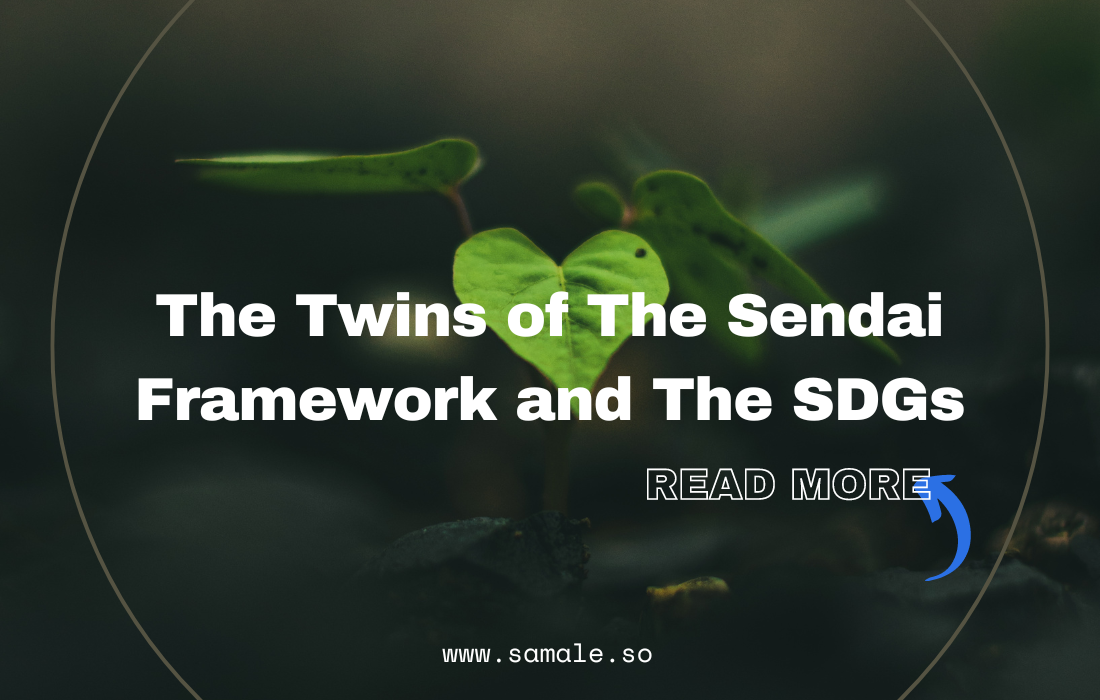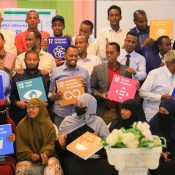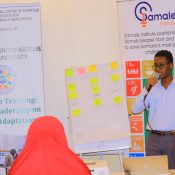
The Twins of The Sendai Framework and The SDGs
Disaster Risk Reduction (DRR) is an essential aspect of sustainable development, and the Sendai Framework for Disaster Risk Reduction 2015-2030 is a vital tool for achieving the Sustainable Development Goals (SDGs) at the national level. In this blog, we will explore the link between the Sendai Framework and the SDGs and how the development of DRR strategies can help countries achieve their development goals.
The Sendai Framework for Disaster Risk Reduction 2015-2030 was adopted by the United Nations Member States in March 2015 as a global plan for reducing disaster risk and building resilience. The framework is based on four priorities for action: understanding disaster risk, strengthening disaster risk governance, investing in disaster risk reduction for resilience, and enhancing disaster preparedness for effective response and to “Build Back Better” in recovery, rehabilitation, and reconstruction.
The Sendai Framework is closely linked to the SDGs, which were adopted in September 2015 by the United Nations General Assembly. The SDGs are a set of 17 goals that aim to end poverty, protect the planet, and ensure prosperity for all by 2030. The SDGs provide a roadmap for countries to achieve sustainable development, and disaster risk reduction is a crucial element of this process.
Disasters can have a significant impact on achieving the SDGs, as they can wipe out years of development gains in a matter of minutes. For example, floods can destroy homes, infrastructure, and crops, leading to food insecurity, poverty, and displacement. Therefore, integrating disaster risk reduction into national development plans and strategies is essential to achieve sustainable development.
The Sendai Framework provides guidance for countries to develop DRR strategies that align with the SDGs. The framework calls for the integration of DRR into national and local policies, plans, and budgets. It also emphasizes the importance of engaging all stakeholders, including local communities, civil society organizations, and the private sector, in the development and implementation of DRR strategies.
The development of DRR strategies can help countries achieve several SDGs, including SDG 1 (No Poverty), SDG 2 (Zero Hunger), SDG 3 (Good Health and Well-being), SDG 4 (Quality Education), SDG 5 (Gender Equality), SDG 6 (Clean Water and Sanitation), SDG 7 (Affordable and Clean Energy), SDG 8 (Decent Work and Economic Growth), SDG 9 (Industry, Innovation, and Infrastructure), SDG 11 (Sustainable Cities and Communities), and SDG 13 (Climate Action).
For example, DRR strategies can help reduce poverty by reducing the economic losses caused by disasters, which can help preserve assets and increase income. Similarly, DRR strategies can help ensure food security by protecting crops and livestock from disasters. They can also promote good health and well-being by reducing the health impacts of disasters, such as waterborne diseases and injuries.
In conclusion, the Sendai Framework for Disaster Risk Reduction 2015-2030 provides a critical link between disaster risk reduction and sustainable development. There is a clear connection between the Sendai Framework and the SDGs, as disaster risk reduction is essential for achieving sustainable development. Disasters can undermine progress towards the SDGs and push people further into poverty, hunger, and ill-health. On the other hand, achieving the SDGs can help reduce disaster risk by improving people’s resilience, reducing their vulnerability, and strengthening institutions and infrastructure.
Both the Sendai Framework and the SDGs call for an integrated and coordinated approach to development, where disaster risk reduction and sustainable development are considered together. This means that disaster risk reduction should be mainstreamed into development planning and implementation, and that development actions should also contribute to reducing disaster risk.




